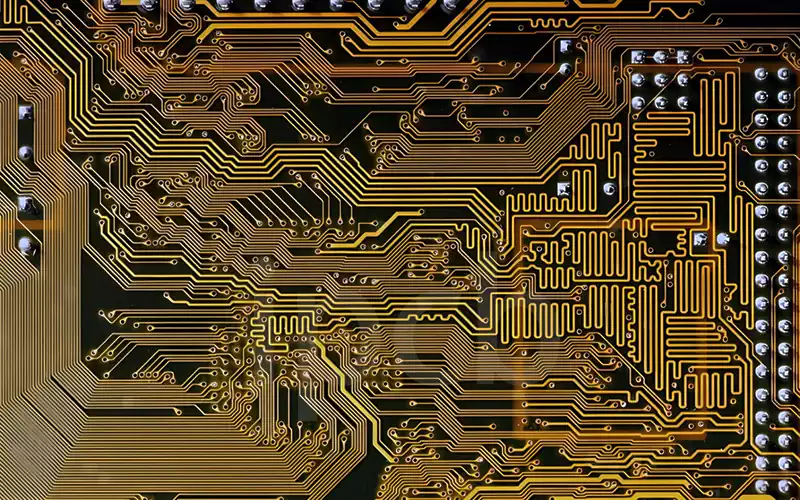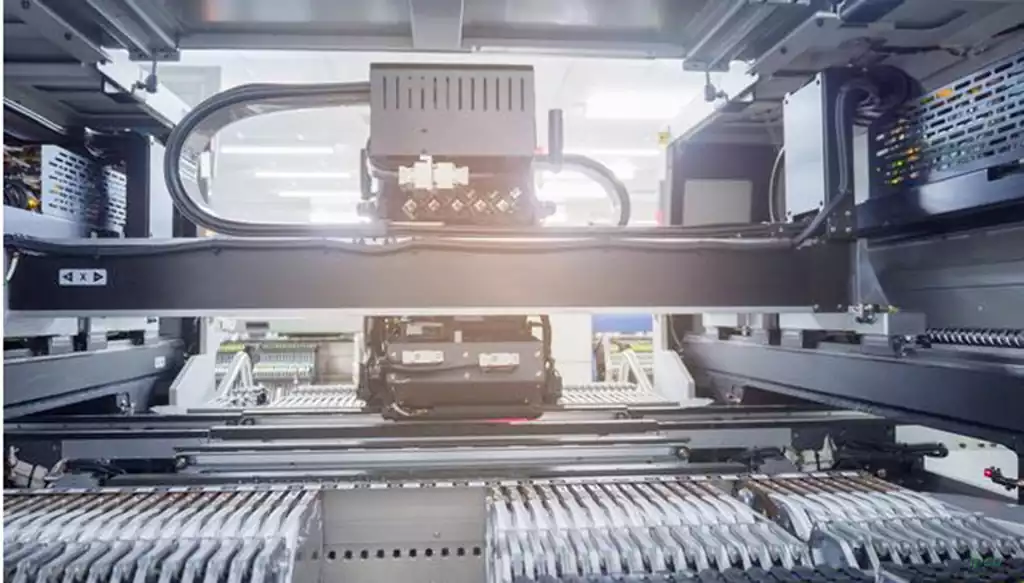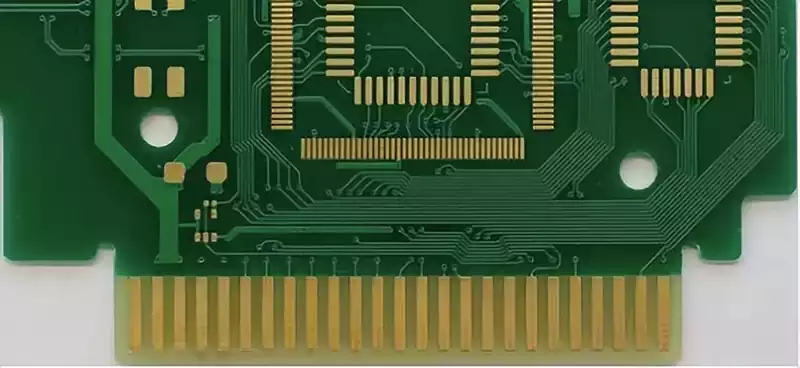Ionic cleanliness testing serves as a critical quality control measure for evaluating ionic contaminant levels on pcb boards surfaces. Its primary objective is to prevent electrical faults such as short circuits and corrosion caused by ionic residues, thereby enhancing the reliability of electronic products. Employing techniques such as chemical extraction and conductivity measurement, this test detects contaminants including flux residues and plating solution residues. It finds extensive application in sectors demanding stringent cleanliness standards, such as aerospace and medical equipment.
Within the field of surface mount technology (SMT), ensuring the ionic cleanliness of pcb boards and electronic components is paramount. Ionic residues may cause circuit short-circuits, corrosion, and degraded electrical performance, severely impacting product reliability and lifespan. To accurately assess the ionic cleanliness of SMT products, methods such as ROSE (Resistivity of Solvent Extract) testing, Ion Chromatography (IC) testing, and C3 testing are currently employed.
ROSE testing is a commonly employed method for assessing ionic cleanliness, operating on the fundamental principle of indirectly evaluating ionic contaminant levels by measuring the resistivity of solvent extractions.
Test Procedure
- Sample Preparation: Cut the SMT circuit board or component under test into appropriately sized specimens, ensuring the sample surface is representative.
- Solvent Extraction: Place the sample into a container holding a specific solvent (typically isopropyl alcohol). Perform ultrasonic extraction under defined temperature and time conditions to dissolve ionic contaminants into the solvent.
- Resistivity Measurement: Measure the resistivity of the extraction solution using a resistivity meter. A lower resistivity indicates higher ionic contaminant content.
Advantages
- Relatively straightforward operation with rapid testing speed, suitable for rapid screening in large-scale production.
- Demonstrates good detection capability for common ionic contaminants (e.g., chlorides, sulphates, nitrates).
Limitations
- Cannot distinguish between different types of ionic contaminants, providing only information on total ionic content.
- Relatively low sensitivity for detecting low-concentration ionic contaminants.
- Test results may be influenced by factors such as solvent purity and extraction conditions.

Ion Chromatography (IC) Testing
Ion chromatography is a highly efficient and sensitive ion analysis technique capable of accurately determining the types and concentrations of various ions.
Testing Principle
Based on ion exchange principles, the ionic mixture undergoes separation through an ion exchange column, followed by concentration detection of different ions via a detector (e.g., conductivity detector).
Testing Procedure
- Sample Preparation: Similar to ROSE testing, involve sample cutting and solvent extraction.
- Injection and Analysis: The extracted solution is injected into the chromatographic column via the instrument’s injection system. Driven by the mobile phase, ions undergo separation within the column.
- Detection and Quantification: Separated ions sequentially pass through the detector, generating corresponding signals. Quantitative analysis determines ion types and concentrations based on signal intensity and standard curves.
Advantages
- Capable of simultaneously detecting multiple ions, including anions (e.g., chloride, fluoride, phosphate ions) and cations (e.g., sodium, potassium, calcium ions), providing detailed ion composition information.
- High detection sensitivity, enabling accurate measurement of low-concentration ionic contaminants.
- Exhibits high accuracy and reproducibility.
Limitations
- Instrumentation is relatively expensive, requiring specialised personnel for operation and maintenance.
- Testing duration is comparatively lengthy, rendering it unsuitable for rapid screening in mass production.
The C3 test is specifically designed to evaluate ionic cleanliness resulting from flux residues during SMT assembly. This method quantifies ionic contamination by measuring conductivity changes induced by flux residues under defined conditions.
C3 Test Procedure:
Sample Preparation: Position the SMT circuit board or component under test within a dedicated fixture.
Application of Test Conditions: Apply specified voltage and current to the sample within a pre-set temperature and humidity environment.
Conductivity Measurement: Continuously monitor conductivity changes throughout the test; elevated conductivity readings indicate more severe ionic contamination.
C3 testing offers the following advantages:
Highly targeted: It directly detects flux residues, closely aligning with the SMT production process.
Rapid assessment: This method enables swift evaluation of flux residue impacts on ionic cleanliness.
Limitations
Limited detection scope: This test detects only flux-related ionic contaminants, with restricted capability for other ionic pollution sources.
Sensitivity to conditions: Test results are susceptible to factors such as temperature, humidity, and voltage. Strict control of these conditions is therefore essential to ensure accuracy.
Ionic cleanliness testing constitutes a critical component in ensuring product reliability within electronic manufacturing. Through diverse methodologies including ROSE, ion chromatography (IC), and C3, ionic contaminants on pcb boards and surface mount technology (SMT) components can be effectively identified and quantified. Each method possesses distinct advantages and limitations, catering to different detection requirements. Moving forward, as electronic technology continues to advance, ion cleanliness testing will evolve to meet increasingly stringent standards for product quality and reliability.


